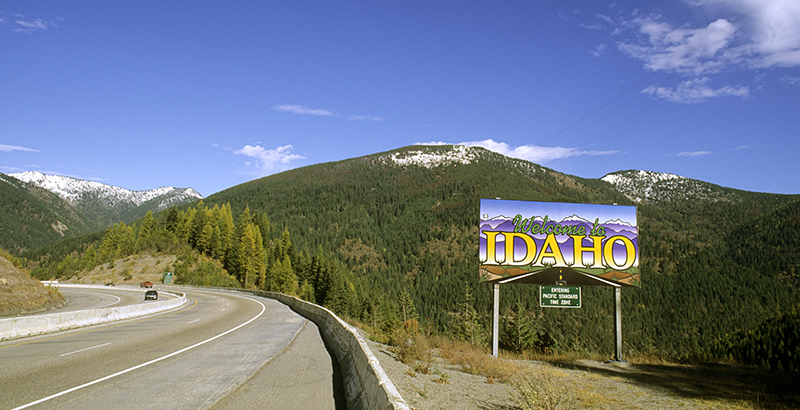Stronger State Charter School Laws Are Key to Meeting the Needs of America’s Rural Students

In the ranching community of Carmen, Idaho, the Upper Carmen Charter School opened in 2005. Carmen once had its own one-room school but lost it through consolidation to the Salmon School District. Now this charter school serves about 85 K-8 students in multi-age classrooms.
Some 300 miles away, in the town of Rathdrum, North Idaho STEM Charter Academy posted the highest SAT scores of all public high schools in the state last year.
And on an off-the-grid campus 20 miles north of Flagstaff, Arizona, Star School — a dynamic, award-winning public charter school that serves primarily Native American students in pre-K through eighth grade — has thrived for more than 17 years with a unique mission that is place-based and grounded in Navajo teaching and learning.
Many charter schools like these are delivering for thousands of students in rural communities. But more needs to be done to better support high-quality charter schools in rural areas, as a recent report from the National Alliance for Public Charter Schools demonstrates.
Rural students often lack access to opportunities afforded to their urban and suburban peers. Math and science classes are often less advanced than their titles would imply; barely half of rural districts offer any Advanced Placement courses, compared with 97 percent of urban districts, and even fewer offer International Baccalaureate courses. There is little help for the growing number of children in rural schools who speak limited English. Rural schools also face high transportation costs and often struggle with city-oriented state and federal administrative requirements and limitations on use of funds.
Stronger charter school laws can help meet rural students’ needs by allowing communities to innovate in ways that traditional districts cannot because of regulatory constraints on hiring, spending, allocation of time, and class offerings. Carmen is just one example of a community that lost its schools through consolidation but regained them through chartering.
As Idaho marks 20 years since its first charter schools opened, the recently released Shackled Education Pioneers looks back at how the public charter school movement started in the Gem State — and how that effort has strayed from its original intent of allowing significant space for education innovation, a progression that led the alliance to downgrade Idaho’s charter school law from 20th to 21st nationwide this year.
The 6,000-plus children on charter school waiting lists in Idaho are evidence of the need for an engine of education reform. Strengthening the state’s charter school law to allow for equitable funding for charter school students, operational funding, and access to capital funding and facilities, as well as greater staffing flexibility, would be huge steps in the right direction, as would increased accountability for full-time virtual charter schools.
Purely online education, an irresistible possibility for sparsely populated and remote areas, has its limits and struggles to deliver for too many children. To learn well, most students need contact with prepared teachers and instruction that helps them build knowledge steadily over time. There are blended learning models, like Gem Prep in Idaho and the Teton Science Schools’ Place Network initiative in Wyoming and Idaho, that marry online courses and instruction. It is an area primed for growth and development; more schools like these need to be encouraged.
Another welcome change would be amending laws that restrict charters from opening in rural districts. For example, it is written into Idaho law that no district can be 100 percent charter schools. Eighteen of the state’s 115 districts have only one school, so that school must stay district-operated even if the local community wants to pursue a charter option for the sake of operational flexibilities or to avoid closure.
Finally, state laws can be changed to encourage rural districts and charter school supporters to work together to break barriers that will benefit their children and communities. An outstanding example is Beyond Textbooks, an online community of 118 partners in Arizona, California, Colorado, Idaho, Illinois, Wyoming, and Kentucky that allows more than 14,000 teachers to share materials online, across vast geographic spaces as well as school types and sizes. This has been transformative for many rural school districts and rural charter schools.
Now is the time for rural states to improve their charter school laws to help provide more educational choice, student success, and accountability in rural communities. We must continue pushing hard for more high-quality charter schools, particularly for those students who most need such options. We also must keep advocating for public policies that will best support the creation and operation of such schools. With these latest state charter school law rankings, states have the tools to remove regulatory and legal barriers to true charter school innovation.
Terry Ryan is CEO of the Boise-based nonprofit Bluum and president of the Idaho Charter School Network.
Nate McClennen is vice president of education and innovation at Teton Science Schools.
Help fund stories like this. Donate now!

;)